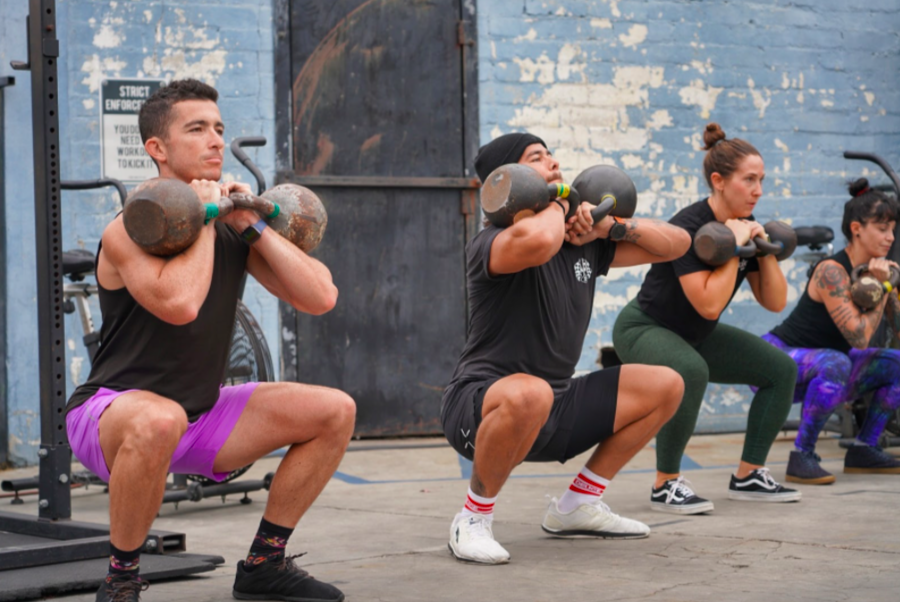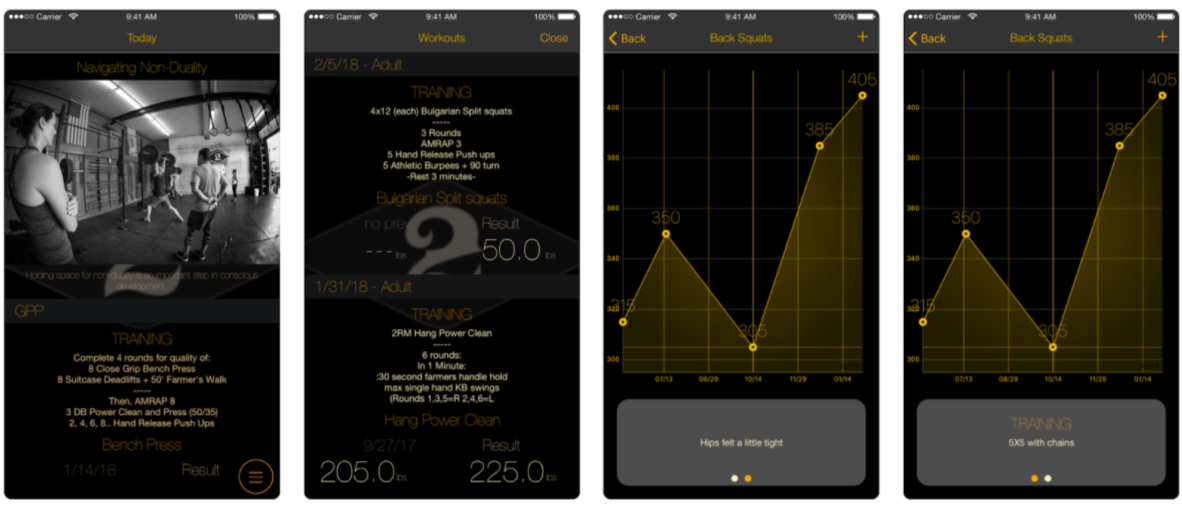
If there’s one thing I regret not forcing into the lifestyle of our students earlier it’s to maintain a training log. Between 2011 and 2013 we emphasized this habit much more regularly and I’d say more than half of our students kept a daily log of their training, reps and sets, and the loads used. Since then, I’m confident that these numbers have dwindled.
The reason this is such an important habit is not for the sake of journaling. Rather, it’s a tool that actually makes the efficacy of the training better. How? Well, as we know by now, training is a designed stress stimulus that elicits a specific response to build fitness qualities like speed, endurance, strength, etc. The more appropriately and specifically the stress response, the better adaptations the student will get.
This means if you use dumbbells that are five pounds lighter than the perfect dumbbells for you, you’re leaving a margin of potential fitness adaptation on the table. Make that mistake several times in a week and you could be slowing much desired progress.

Having an analogue or digital training log brings students “closer” to the training. This means you’ll make more specific, appropriate load choices and even tackle your conditioning efforts with smarter targets and reap the benefits of having done so. I’d recommend a 99 cent Composition Notebook from CVS or you can use a digital option like the DEUCE Gym App or a Google doc to get organized.
Good luck!
12/28/21 WOD
DEUCE ATHLETICS GPP
Complete 4 rounds for quality of:
12 Barbell RDL’s
15 Banded Kettlebell Swing
Then, AMRAP 12
6 Pull-ups
10 DB Power Cleans(40/25)
8 DB Front Rack Reverse Lunges
DEUCE GARAGE GPP
Complete 3 rounds for quality of:
100′ Power Sled Pulls
10 Alt T-Push Ups
12-15 Hollow Rocks
Then, complete the following for reps & time:
AMRAP3
5 Devils Press (40/25)
20 Double Unders
-Rest 2:00-
Complete AMRAP Score for time

